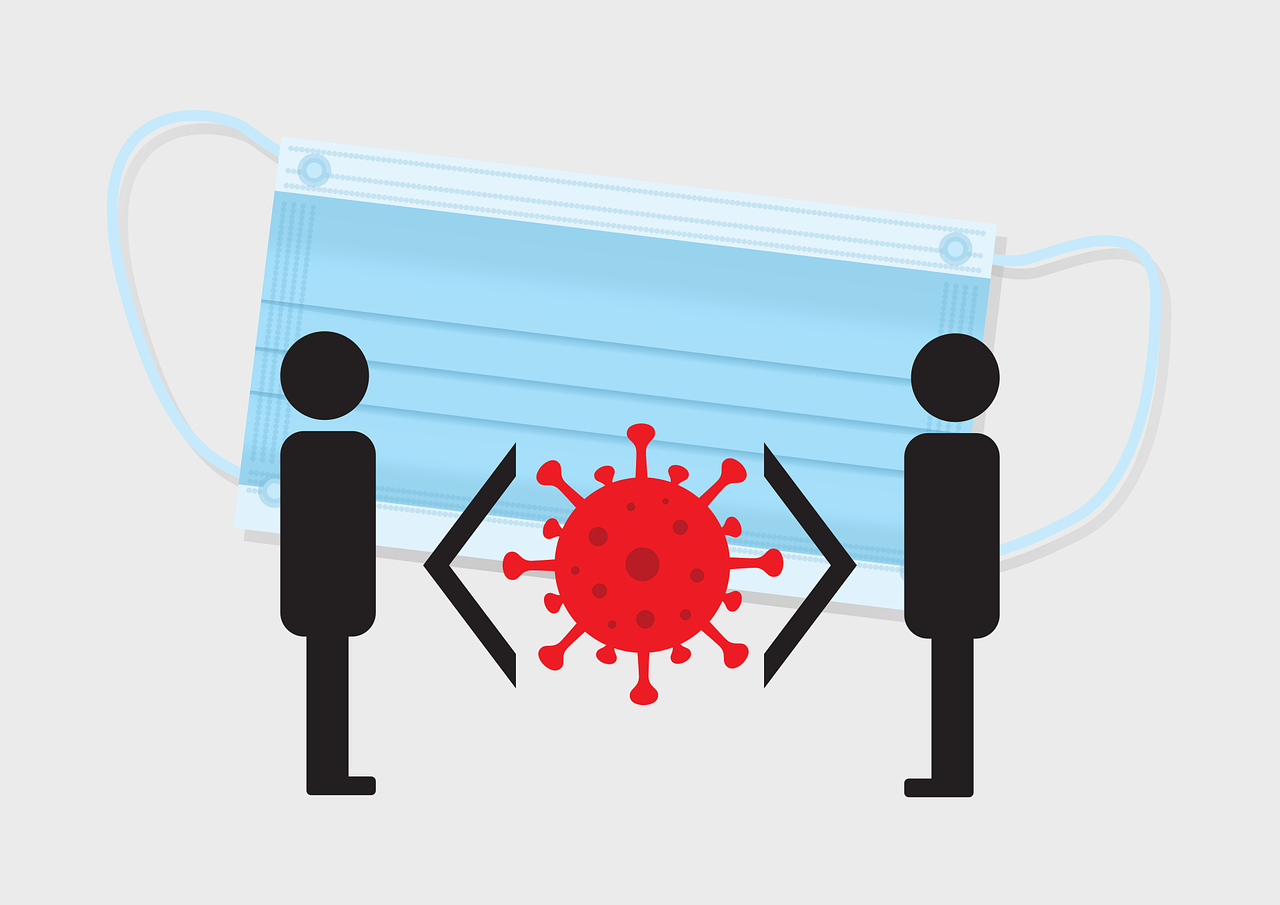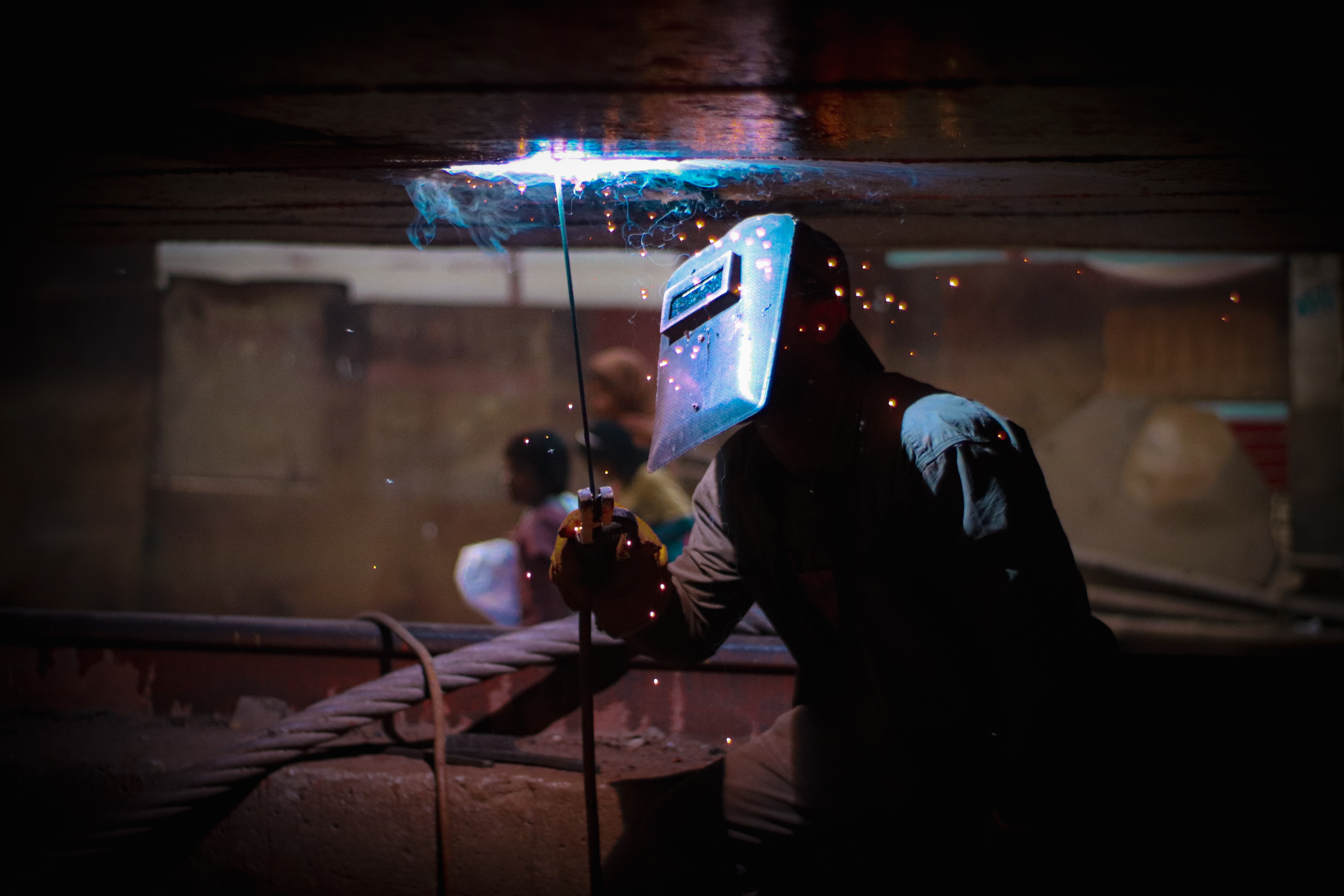What are the changes taking place in the rural market (haat–bazaar) in Bangladesh from the start of this century? How does capitalism flourish in rural society through the inclusion of new technologies creating markets? And how is rural society adjusting to these changes? Ranjan Saha Partha explains the patterns of these changes emerging in the rural capitalist settings.
At one time, the village market (haat–bazaar) conjured a scene where farmers sold products in the open field or on the side of a dirt road, returning home from the market with sacks or bags in their hands after a good day’s trade, sometimes sitting until dark to sell their products in the market. These haat–bazaars attracted a lot of people, and various kinds of products were sold on the weekly market day.
Much of this traditional scenario has changed. There are several factors for this changing context in recent decades: the spread of modern agricultural technology (Lewis 1991; Partha 2020; Sakib 2020) in rural society, migration (Gardner 2001), increased rural–urban connectivity, and the spread of information technology. Adding new products and systems like sales ‘management’ has changed the infrastructure of rural markets, though this picture (of the changed haat–bazaar) is not uniform across Bangladesh.
The change began sometime back, in rural districts near the capital city of Dhaka, where the increase in the use of mechanical and chemical technologies in agriculture after independence (1971) made the farmer dependent on the market for the procurement of materials and machines. Initially, chemical technology was sold in villages but mechanical technology (like tractors and pumps) had to be purchased in cities. Due to the increased demand for mechanical and chemical technology in the agriculture sector in the 1990s, mechanical technology slowly began to be sold in the haat–bazaar. The need to protect these products in the village shops meant that shop-owners or selling companies started storing and selling them in brick buildings in the haat–bazaars. A businessman who set up a fertiliser shop in Saturia Bazar in the 1990s said:
Earlier, most of the products were sold in the open market, the seller used to sell his goods, far away from his home, on daily or market days, for which he had to pay no rent at one time. However, since using fertilisers and pesticides in agriculture, private ownership and even renting shops has become prevalent, which has led to infrastructural changes in village markets.
New markets and advertising systems for selling daily agricultural materials like fertilisers and pesticides also became available in the villages, absent only a few decades ago. The diesel required for using tractors and other machinery technology was also available in small outlets; relatedly, small repair centres (for repairing tractors, pumps, etc) led to a new sectoral expansion in the haat–bazaar.
With the development of technology comes an increase in the demand for microfinance; the establishment of microfinance offices in villages changed rural infrastructure in fundamental ways. Purchasing machinery required taking out bank loans (even if the numbers of those taking loans was low); but rural people also take micro-loans for various other purposes. Sales representatives of national or multinational companies come to village shop-owners with new ideas, or with offers of setting up showrooms in village markets — all these additional elements alongside the sale of agri-chemical technologies add new dimensions to the haat–bazaar.
Many people who can afford cash invest money in village businesses: tin-selling and fertiliser dealers’ shops have come up in the haat–bazaars to meet demand. The availability of televisions, refrigerators and allied showrooms is also changing the traditional characteristics of haat–bazaars; some villages also have shops selling ready-made clothes. Further, youth who have received government and/or private vocational training are setting up technology repair shops. Likewise, if chatting around tea stalls in the haat–bazaar is nothing new, the arrival of TV and dish antennas in villages over the last few decades has changed the traditional form of gossip. People who come to watch sports, dramas and movies (broadcast through dish antennas, even in tea stalls) alter the nature of leisurely conversations in the haat–bazaar; in turn, shops change their infrastructure to protect televisions and refrigerators in tea stalls from damage or theft.
Market expansion is linked to migration and remittance flows. The influx of remittances from overseas migrants to the Sylhet region has changed the village market structure dramatically: just as new brick houses are being built in villages, so are ‘supermarkets’ being built, where the immigrant’s brother or other relatives work. These types of businesses are changing the traditional village and agricultural economies. Capital investment (in agriculture), made possible through increased availability of money via remittances, is leading to further changes; foreign migrants, as well as internal migrants, invest capital in agriculture. Buying a tractor or pump, or renting it, is now common. Adding to these at the haat–bazaars are battery-operated rickshaw sales centres (and related repair centres), the number of which is increasing day by day. Many youth are employed as autorickshaw workers, mechanics or drivers of battery-powered autorickshaws.
The proliferation of information technology in recent decades, particularly mobile phones, computers, and the internet, has impacted haat–bazaars dramatically. In past decades, there were only a handful of video-game shops, that too only in some haat–bazaars. Once upon a time, the filling up of forms of the USA’s DV (Diversity Visa) Lottery was what attracted the rural populace; nowadays, mobile phone recharge shops and the downloading of songs or games on mobile phones has created a commercial sector. Facebook, YouTube and TikTok are very popular among the youth, but their use among the less educated or non-technologically savvy population is a challenge; as such, social media apps are downloaded, or ‘training’ provided (for a price) to people. One shop signboard reads:
All types of music are downloaded here, including Facebook, YouTube, training is also available.
Or
All types of internet works are done. Admission test, job, and foreigner visa application forms are filled-up.
Uploading photos to Facebook is also one of the services provided:
Facebook, TikTok, and other apps are downloaded here for 10 takas; Facebook training is given for 100 takas; download is free if you take Facebook training.
The downloading religious waaz mahfil (Islamic religious video sermons) on mobile phones is also noteworthy. Nowadays, a haat–bazaar cannot be imagined without such services, nor without mobile banking (like bKash, Nagad, and Rocket) or phone recharge shops.
Commercialisation is also visible in other developments: the owner of the vacant plot of land near the haat–bazaar might build a brick or tin house and rent it out as a shop. The establishment of various industries and in rurl areas or the increase in the number of NGOs in villages has meant that people from cities are forced to come to villages to work, because of which various institutions, including clinics, banks, kindergartens for children’s education, coaching centres for technical degrees, etc. are opening up in the villages, and village people are adapting to it. New forms of consumer outlets (like large grocery stores) have opened, alongside banks and insurance companies. Computerised word-processing and printing facilities, along with photocopier shops, have been established in haat–bazaars to cater to the needs of these institutions.
Such market system transformation influences the rural population’s socio-economic status and inter-relationships. The transformation of the haat–bazaar also shapes the daily and consumerist behaviour of the rural population. Increasing attraction to non-agricultural occupations, new infrastructure, and product and sales management patterns constantly engages the haat–bazaar and its clientèle with new experiences.
However, the impact of these changes in the haat–bazaar is not the same for all rural people. In many instances, the position of the small producer class has become more marginalised, who are forced to sell their products to middlemen because they lack communication skills, direct access rights or opportunities to urban markets. Wholesalers or middlemen buy products from villages at low prices and sell them at higher prices in city markets. In such cases, although the haat–bazaar has expanded in opportunities for many, the socio-economic position of the small producer has not changed.
Therefore, considering the transformation of haat–bazaars only in terms of peripheral expansion or infrastructural/commercial issues does not adequately reflect the experience of all the producer classes. In addition to these new developments, attention also needs to be given to empower rural producers’ ability to access urban/larger markets for selling their products.
The views expressed here are those of the author and not of the ‘South Asia @ LSE’ blog, the LSE South Asia Centre or the London School of Economics and Political Science.
Banner image © Ahmed Jubair, ‘A man riding his rickshaw through a rural path in Bangladesh’, Kushtia, Bangladesh, 2021, Unsplash.








Great blog, thank you. To what extent do you think these developments are being shaped by the interests of agri-business and external capital?
Dear Professor,
Thank you for reading the blog. Your research on agricultural structures in Bangladesh is a milestone. Yes! External capital investment in agrarian structure of Bangladesh is associated with the use of modern technology. Changes in haat-bazar , modern technology and capital investment are interrelated.
Excellent write-up, exploring the changing elements of our traditional rural market that we had so long been engrossed with in our early days. The analysis of the economic order that so strongly influences today’s market system is praiseworthy. The write-up has clearly directed how the producers can make up their future plans in devising a business venture based on the exploratory analysis contained herein.
However, I would have more benefited if the write-up had touched upon a bit on the rich and poor divide owing to the changing scenario of our market system.
Congrats to the writer!
Best.
Thank you so much for Your comments. I agree with your observation. The gap between different classes of people iss crucial. Not only technology but also rural- urban Migration and labour migration to abroad chages the class relationship of the rural people.
Good ethnographic observation. Congratulations to author